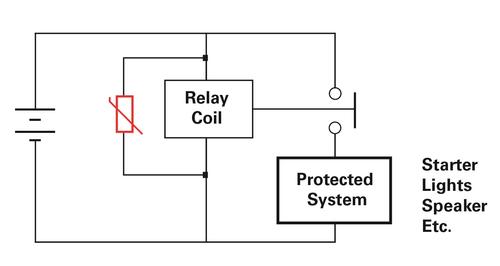Hybrid Hexapods Resolve Inherent Weaknesses of Conventional Hexapods
March 12, 2014

Technology advancements ranging from the design and manufacturing of next-generation consumer electronics to more efficient and reliable manufacturing processes, to improved metrology sensors, continually drive the need for motion control systems with higher accuracy, improved repeatability, and better geometric (i.e. 3D) performance. In complex applications where high-precision, six-degrees-of-freedom of motion is required (X, Y, Z, pitch, yaw, roll), a hexapod is commonly used, as it offers compact size and reduced errors relative to serial stacked stages. However, hexapods are not without their limitations that themselves can limit the level of precision that can be attained.
A hybrid hexapod(R) system is an innovative motion system that improves on existing hexapod technology, while eliminating inherent weaknesses of traditional hexapods. As a result, the hybrid hexapod achieves nanometer level performance with respect to accuracy, repeatability, and geometric 3D performance.
Also known as Stewart platforms or parallel kinematic manipulators (PKM), hexapods are devices where six links or actuators (that extend and retract) join a stationary bottom plate with a top plate that performs coordinated motion in six degrees of freedom (see Figure 1). A sample, fixture, sensor, or any device can be mounted to the top plate and be manipulated to be in any location and orientation in the available range of travel.

Hexapods are commonly used because, compared to stacking six individual single-axis stages and the associated stack-up of errors, alignment difficulties, and cable management issues, the hexapod will have less error and higher precision in a clean, compact form. Additionally, hexapods have high Z stiffness due to six links/actuators oriented in near vertical orientations.
While hexapod manufacturers are always developing advancements in their products, such as new complex ways to calibrate or creative alternative position feedback systems, those advancements won't truly be able to overcome the hexapod's inherent limitations. Hexapods are characterized with vague specifications. They present hazy situations for engineers, who often aren't told the full picture of the actual hexapod precision. These weaknesses are not inadequacies of one manufacturer or design compared to another, but are weaknesses and limitations of the hexapod concept in general, and present micrometer order limitations on the performance that can be achieved with a hexapod.
The hybrid hexapod addresses the critical weaknesses and limitations of conventional hexapods. The goal of this device is to achieve nanometer order accuracy, nanometer order bidirectional repeatability, and high-integrity flatness and straightness of motion in a six-degrees-of-freedom motion system.
About the Author(s)
You May Also Like





